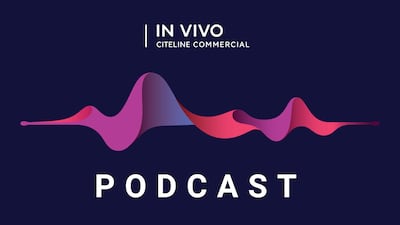Coming off the back of a challenging 2021 and 2022, many industry analysts cautiously forecast a bigger 2023, more deals, mergers and IPOs. While this has not happened, bar a few delicious morsels such as Pfizer Inc.’s $43bn Seagen Inc. buyout, the year did see a humbled pharma industry cherry pick mid-sized deals to fill pipelines in readiness of the dreaded patent cliff in the coming decade.
Industry and the markets are still grappling with the idea of value. What does a good deal look like? What...
Welcome to In Vivo
Create an account to read this article
Already a subscriber?







